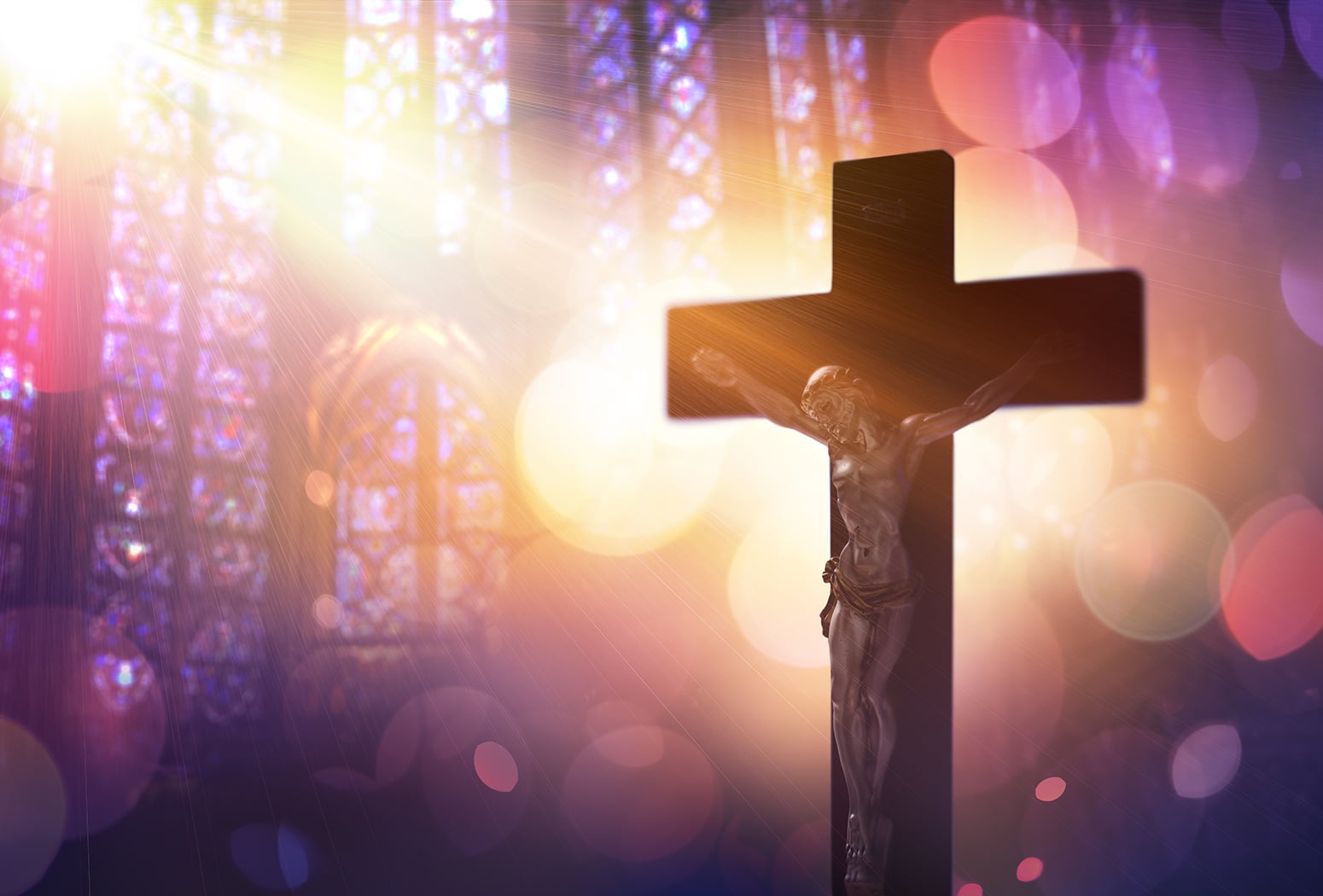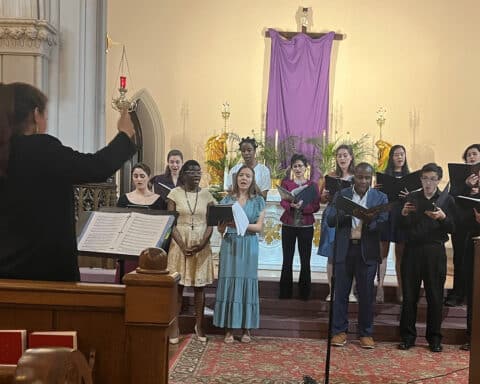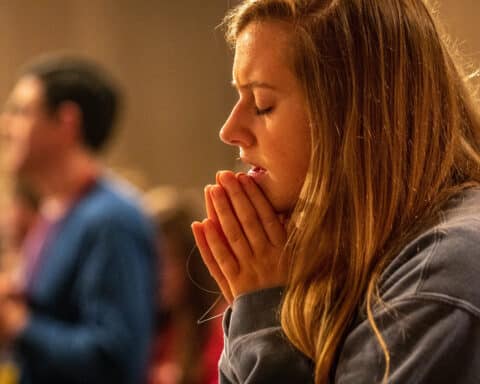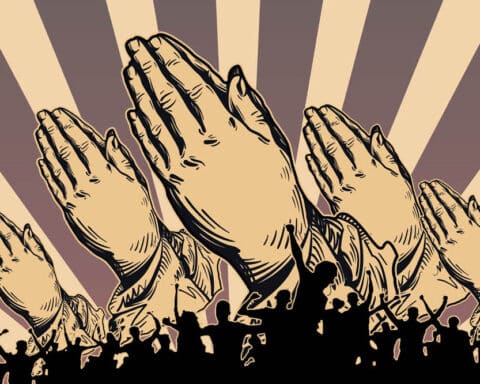A decade or more ago, I went to confession one Saturday afternoon at St. Peter Cathedral in Rockford, Illinois. Like many other priests, the particular confessor who heard my confession that day frequently defaulted to three Hail Marys as the standard penance that he assigned.
But not that day. Whether led by something I had confessed or by his own meditations in the silence of the confessional between penitents, he assigned me a penance no confessor had ever given me before: “I want you to pray one Our Father very slowly, saying each word out loud and meditating on it, while looking at the crucifix at the front of the church.”
The Lord’s Prayer
I had prayed many Our Fathers in front of a crucifix. Praying to God the Father in the words Our Savior taught us is part of every liturgy, East and West, usually (as in the Mass) very soon after the Eucharistic prayer in which the bread and wine are consecrated and become the body and blood of Our Lord Jesus Christ.
But until that day, as I returned to the pew and knelt down and made the sign of the cross while keeping my eyes fixed on the crucifix, I had never considered why the Church has placed the Lord’s Prayer at this moment of the Mass.
Our Father, I began to pray, slowly enunciating each word, Who art in Heaven, hallowed be thy name. I paused, struck at that moment by the reality that I was looking at the lifeless body of Jesus, Who had stood before his disciples and taught them how to pray in these very words. When he said “hallowed be thy name,” he did not mean merely “your name is holy” but “your name is made holy” by the humble obedience of all who revere his name, and especially by the one here before me, who had made the ultimate sacrifice on the cross. He not only prayed those words; he not only taught his disciples — and through them, us — to pray them; he lived them by humbling himself, “becoming obedient to death, even death on a cross” (Phil 2:8).
Connecting the crucifix and the tabernacle
Thy kingdom come, I continued, and then stopped, shaken to my core. The scene before me, the moment in which Christ offered himself in the greatest of all sacrifices, the sacrifice prefigured again and again throughout the history of Israel, the sacrifice here consummated once and for all — this is the moment in which the kingdom of God triumphs over the lord of this world and is inaugurated in history.
And while my eyes remained fixed on the crucifix, I became aware, too, of the tabernacle just to the side of the sanctuary, and my understanding of the connection between the sacrifice before my eyes and the sacrament we celebrate on the altar and the body of Christ reposing in that tabernacle and in every tabernacle throughout the world moved from my intellect to my heart.
‘Not as I will’
Thy will be done … This is what it looks like to do God’s will in a world broken by man’s sin, a world in need of a redemption that no merely human sacrifice could accomplish: “My Father, if it is possible, let this cup pass from me; yet, not as I will, but as you will” (Mt 26:39). Had man not fallen, the Eastern Fathers of the Church believed, Christ would still have come and inaugurated his kingdom here on earth, without the need for sacrifice; but man did fall, and thus a sacrifice was necessary, and this is what it means for his kingdom to come and his will to be done in a world shaped by man according to our own fallen will, on earth as it is in heaven.
When Christ taught his disciples how to pray, they had not yet taken part in his Last Supper; they did not yet know what kind of death the Son of Man would die; they hadn’t fully comprehended that the kingdom he would inaugurate here on earth is very different from the earthly kingdoms that they knew. But in the wake of his resurrection, as they came to know him in the breaking of the bread and shaped the liturgies through which we complete his command to “do this in memory of me,” the words of the Lord’s Prayer became clear. There is a reason why we pray it not at the beginning of Mass, when all are welcome, but in the Liturgy of the Eucharist, when only those who have been initiated into the sacred mysteries are supposed to be present. For in these words, Jesus captured the essence of those mysteries.





